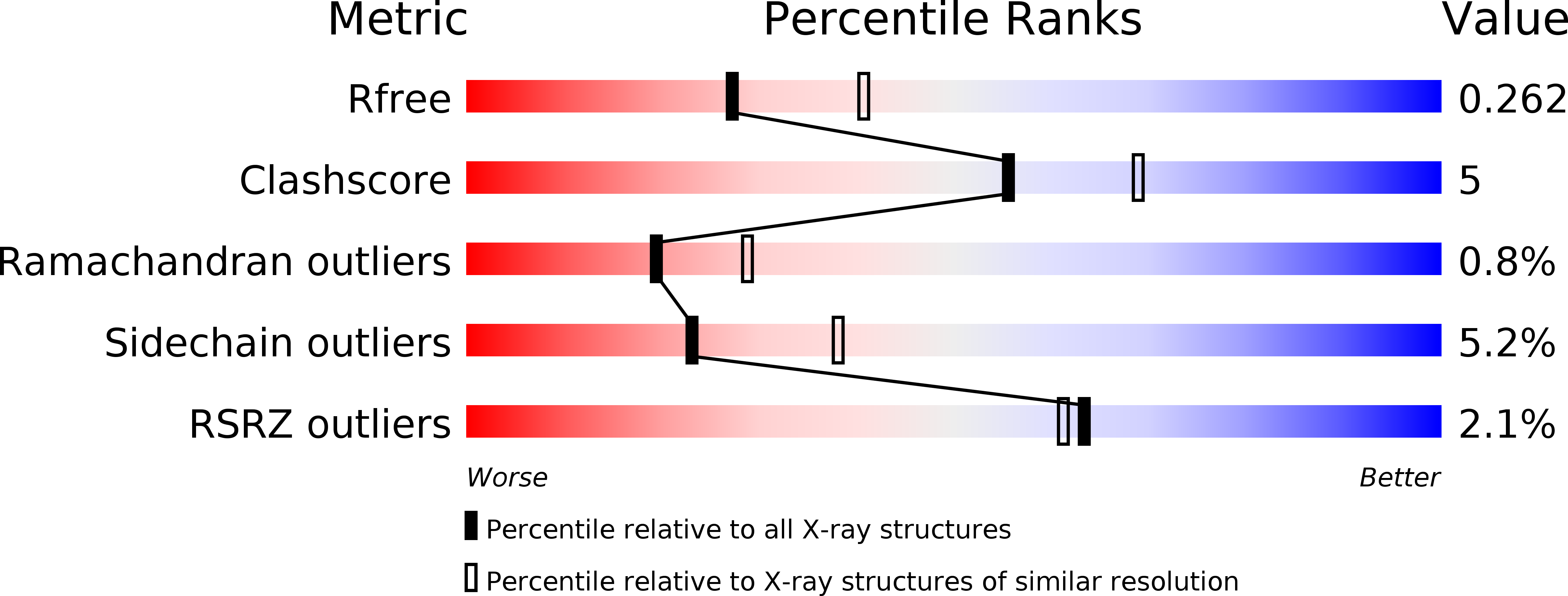
Deposition Date
2016-05-23
Release Date
2017-03-15
Last Version Date
2023-11-08
Entry Detail
PDB ID:
5K52
Keywords:
Title:
Crystal structures of aldehyde deformylating oxygenase from Limnothrix sp. KNUA012
Biological Source:
Source Organism:
Limnothrix sp. KNUA012 (Taxon ID: 1162714)
Host Organism:
Method Details:
Experimental Method:
Resolution:
2.40 Å
R-Value Free:
0.26
R-Value Work:
0.20
R-Value Observed:
0.21
Space Group:
P 43


